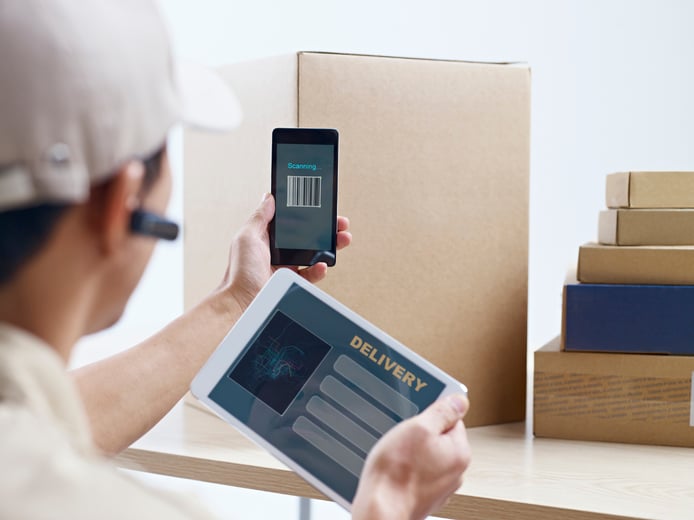May 9, 2016
Getting the Details You Need From Logistics and Warehouse Data
Written by: The Materialogic Team

Our economy is increasingly being driven by logistics, and logistics has focused around data. Having the right data, right when you need it, allows you to hedge against risk, find solutions to problems, and contain costs. A good 3PL partner collects, uses, and shares that data.
Outside of these truisms, though, details get a little fuzzy for most retailers and procurement agents. What counts as the “right” data? How does real time data available “right when you need it” help hedge against risk? And how is this “data” supposed to work with your current operations?
Answering all of these questions could fill a book, but we can begin to address them by sharing how we here at Materialogic approach the topic of “the right data, right when you need it.” To us, successfully managing your logistics and warehouse data is a matter of seeing what you need, where it is needed, and when you need it.
What You Need: Customized Dashboards for Logistics Management
Logistics data is much richer in information than a simple number of SKUs shipped in a given time period. For example, you can compare items to see which ones are moving quickly and which ones are not. You can track spikes in demand and look for patterns. (e.g., did you know that Walmart stocks extra Strawberry Pop-Tarts in its stores when a hurricane is reported in the news?) You can even allocate labor and resources efficiently given anticipated demand.
In short, logistics data gives you the business intelligence you need to run a smooth operation. But that information does not always come on a silver platter. Data visualization, custom reports/queries, data filters, and real time alerts are all critical tools for turning your raw data into usable information. (This is why a 3PL’s choice of warehouse management software is so important.)
Where It Is Needed: Omnichannel for Your Operations
The omnichannel concept is now common currency in retail circles. There, “Omnichannel” refers to a seamless, consistent customer experience across all channels including in-store, catalog, and online (including PC, Mac, tablet, or smartphone).
There is no reason why the concept couldn’t also apply to business operations as well. The data and dashboards accessible on your computer (possibly via the cloud) should be the same as what is accessible from your mobile device. When circumstances trigger a notification or alert, that message should go to all relevant parties regardless of which device they happen to have on hand. Just as retail strives for a seamless customer experience, logistics should strive for a seamless operational experience.
When You Need It: Management by Exception
Having been in the logistics and shipping business for decades, we know that few business decisions are made in calm, reflective moments as a decision maker pours over carefully collected data. On the contrary, many operational decisions are made on the fly in response to ever-changing business circumstances.
This is why management by exception is so important. This method is when certain situations or a range of them are defined and flagged, setting in motion specific actions when they occur...or when they are about to occur. For example:
- When quantities of an item get low, an alert is sent to the procurement agent to source more items in order to avoid a backorder situation.
- A successful limited-time promotion causes orders to spike suddenly. An alert is sent to the warehouse floor manager to bring in extra temporary labor to handle extra flow (thereby meeting customer expectations for quick delivery).
- A particular item is recalled by the manufacturer. You and your warehouse manager are able to trace where those items are stored and which ones have shipped, expediting the recall process.
- A different product is returned at an alarming frequency. Once alerted to this fact, you are able to verify (through carefully tracked and recorded data) that this is not due to mishandling or damage done on the warehouse floor. You can then verify the quality of the product and possibly source a similar (but higher quality) item from a different vendor.
All of these situations could be potentially disastrous if not handled quickly. By identifying circumstances outside the range of ideal operations, you can flag potential problems and automatically set in motion appropriate solutions.
In short, raw data by itself is not useful unless you can use it to take action in a timely manner. Whether you run your own operations or go through a 3PL, you should have access to the data you need, where you need it, and when you need it. This is what enables smart business decisions.
Materialogic takes Logistics and Warehouse Data very seriously. If you have any further questions, feel free to contact us.
